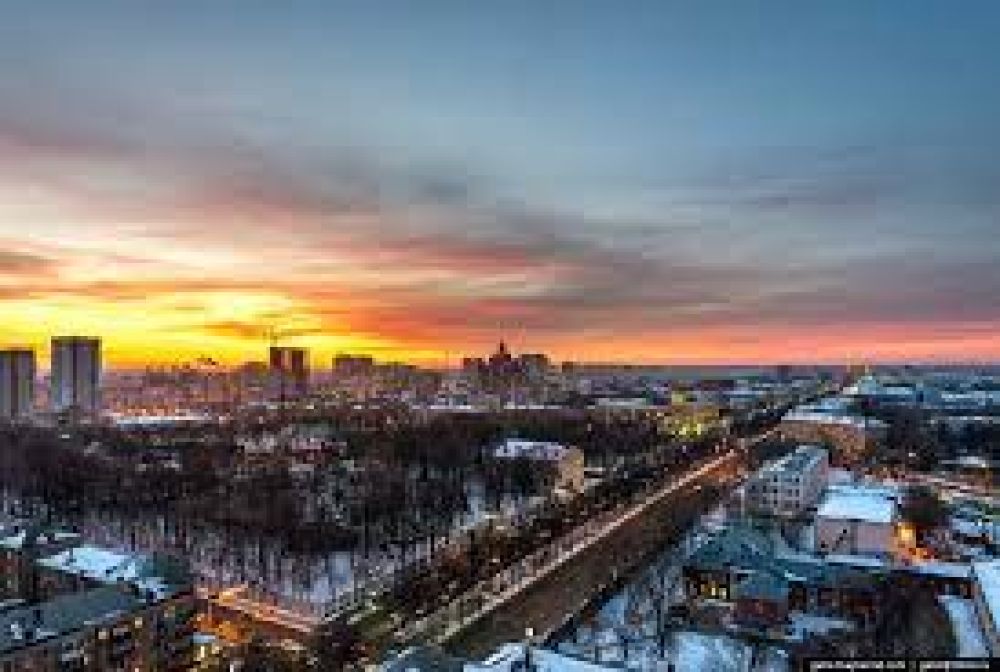

Located on the western slopes of the Ural Mountains and along the banks of the Kama River, Perm has been a significant spot in the Ural region of Russia, though not always widely recognized for its tourism potential. Established as a village in 1723 by Vasily Tatishchev, Perm began as an industrial site, largely because of its vast resources of minerals and metals. For many years, the focus on heavy industry overshadowed Perm’s potential for tourism.
The history of tourism in Perm started to take form during the Soviet era when the area was explored mainly by domestic visitors interested in the natural beauty of the Ural region. The development of geological tourism, related to the rich mineral deposits in the area, also gained popularity. Tourism was generally low-key and not a major economic focus, as it was in certain other parts of the Soviet Union.
After the dissolution of the Soviet Union, Perm, like many other Russian cities, underwent significant changes. With the advent of the free market, there was a gradual shift toward embracing the potential of tourism to contribute to the local economy. The city's infrastructure began to develop, with improvements in accommodations, restaurants, and transportation, helping to establish Perm as a more tourist-friendly destination.
Tourism in Perm received a boost with the recognition of its cultural attractions, such as the renowned Perm State Art Gallery, which houses one of the most extensive collections of Russian art. The Ballet and Opera Theatre is known for its high-quality performances, adding to the city’s cultural allure.
Nature tourism also became increasingly popular, as travelers sought to explore the unique landscape of the Ural Mountains, including attractions such as the Kungur Ice Cave and the nearby Vishera Nature Reserve. Hikers, spelunkers, and ecotourists were drawn to the region's natural beauty and the opportunities it presented for adventure tourism.
In the past few years, cultural tourism has been at the forefront, with events like the international cultural festival "White Nights in Perm" attracting visitors worldwide. The city is also focusing on developing business tourism, leveraging its industrial background and transforming it into an opportunity for conferences, exhibitions, and corporate events.
Sustainable practices have also been gaining momentum, with increasing awareness and efforts to preserve the city’s natural and cultural heritage for future generations. This includes encouraging eco-friendly tours and supporting local communities to be a part of the tourism industry.
The latest trend to catch on in Perm is the development of digital tourism. Technological advancements such as virtual reality tours, augmented reality apps for museum experiences, and online booking platforms are making it easier and more engaging for tourists to explore Perm.
As the world grapples with pandemic-related challenges, Perm's tourism sector has seen a shift towards domestic travel, with local Russians exploring the country more extensively. This inclination toward local travel has helped sustain the tourism industry during an otherwise difficult period for international travel.
In conclusion, though Perm's journey as a tourism destination is relatively young compared to many other historic cities in Russia, its blend of cultural richness, natural wonders, and modern innovation makes it an up-and-coming hub for both domestic and international travelers. With ongoing development and a focus on sustainable and digital tourism, Perm is poised to carve out a distinct place on Russia’s tourism map.